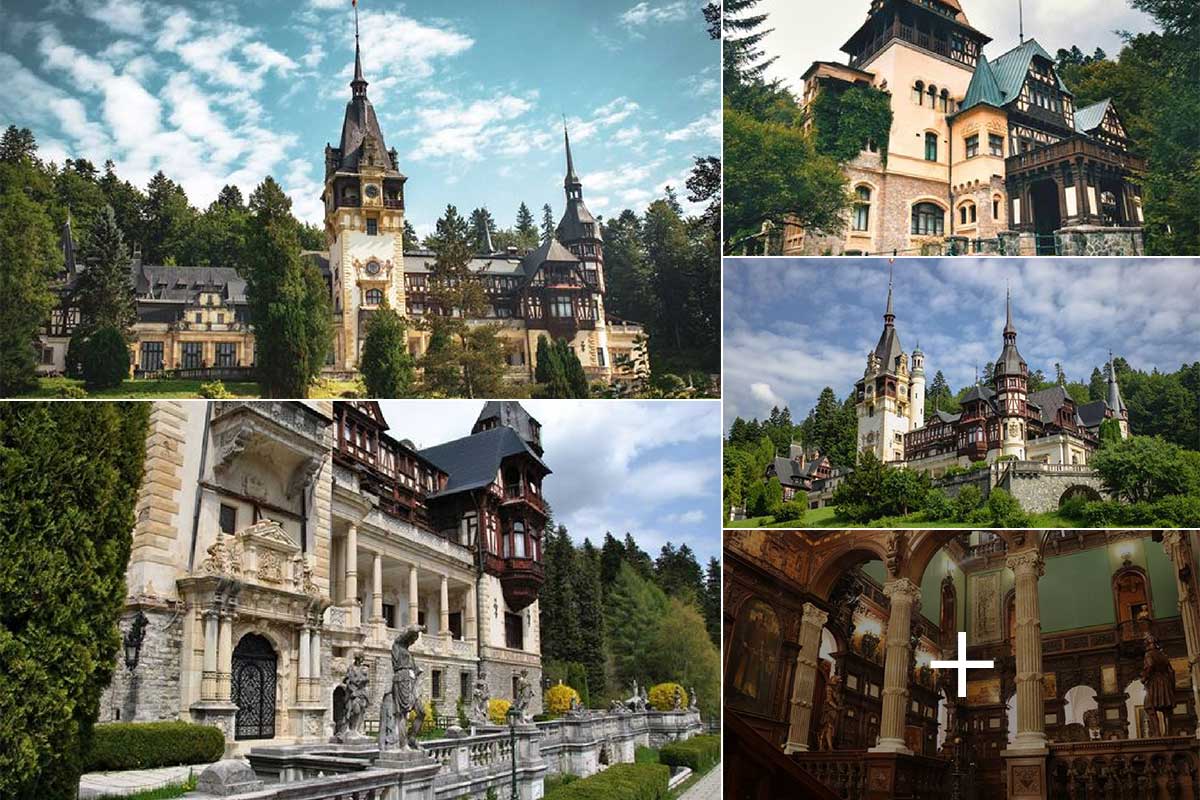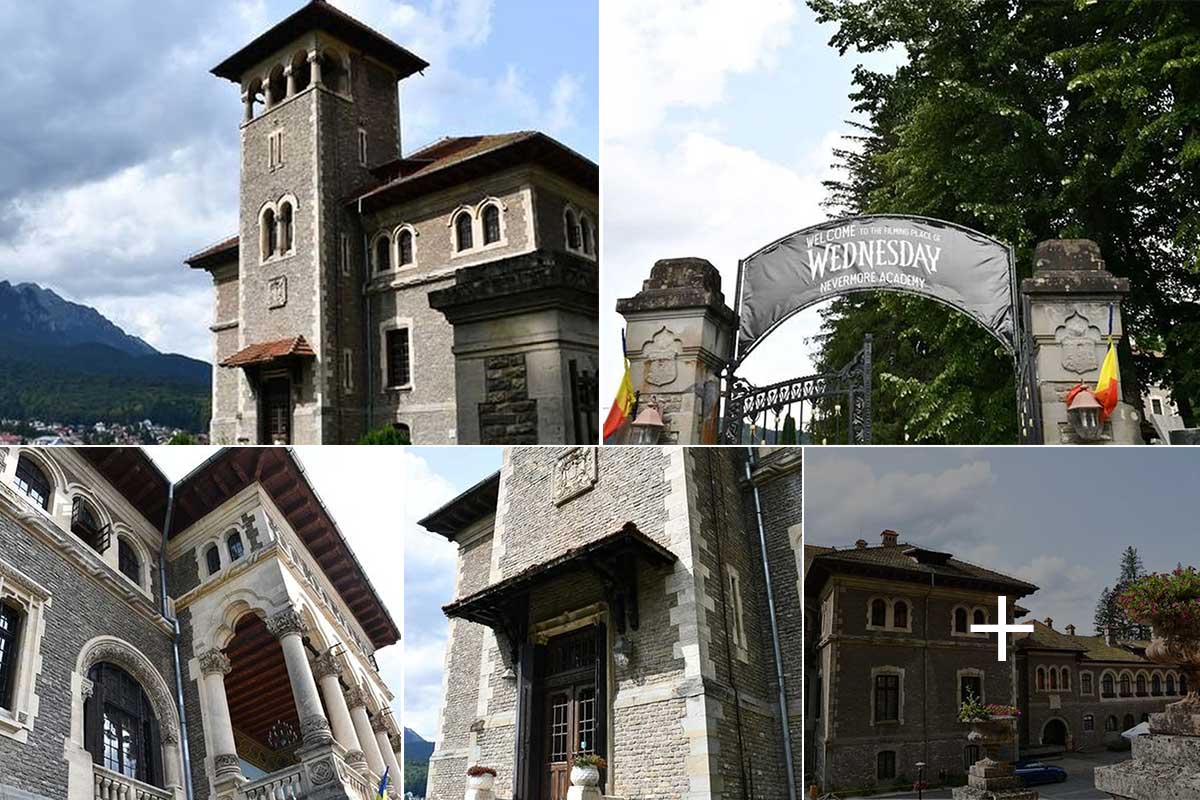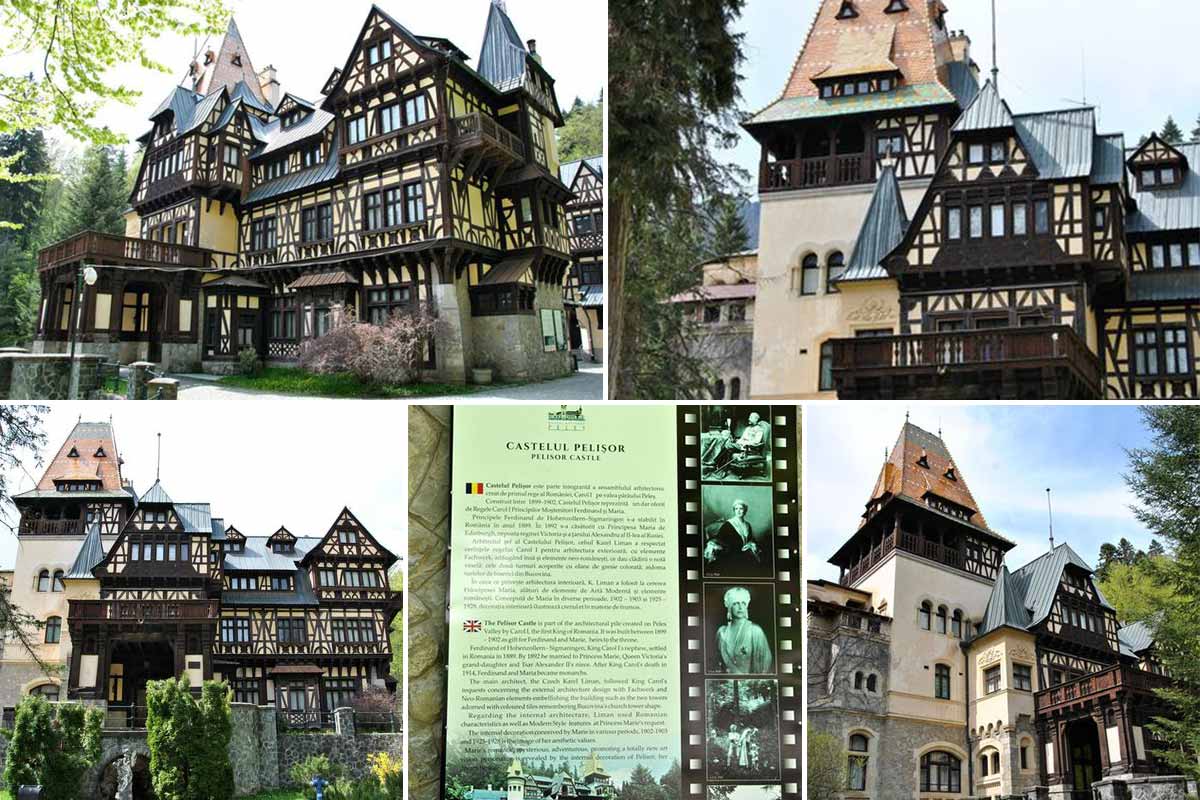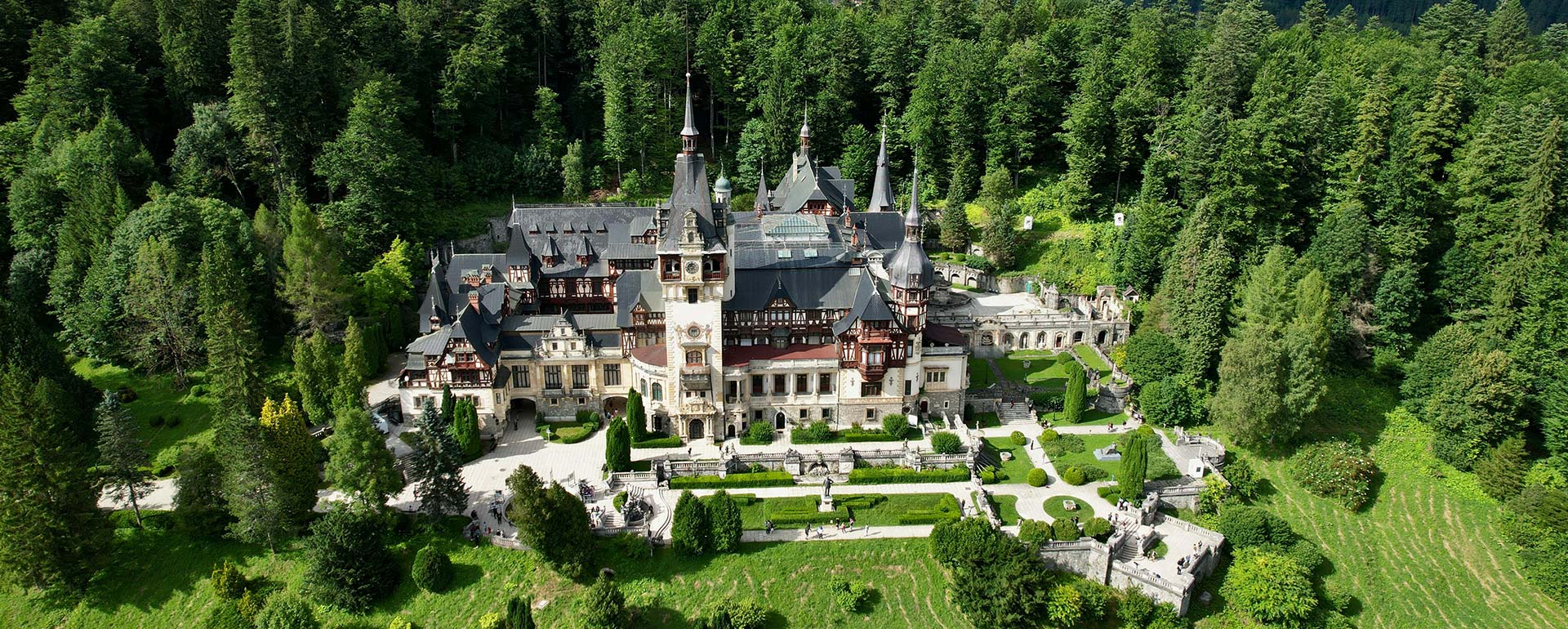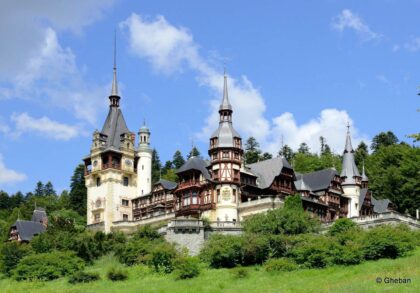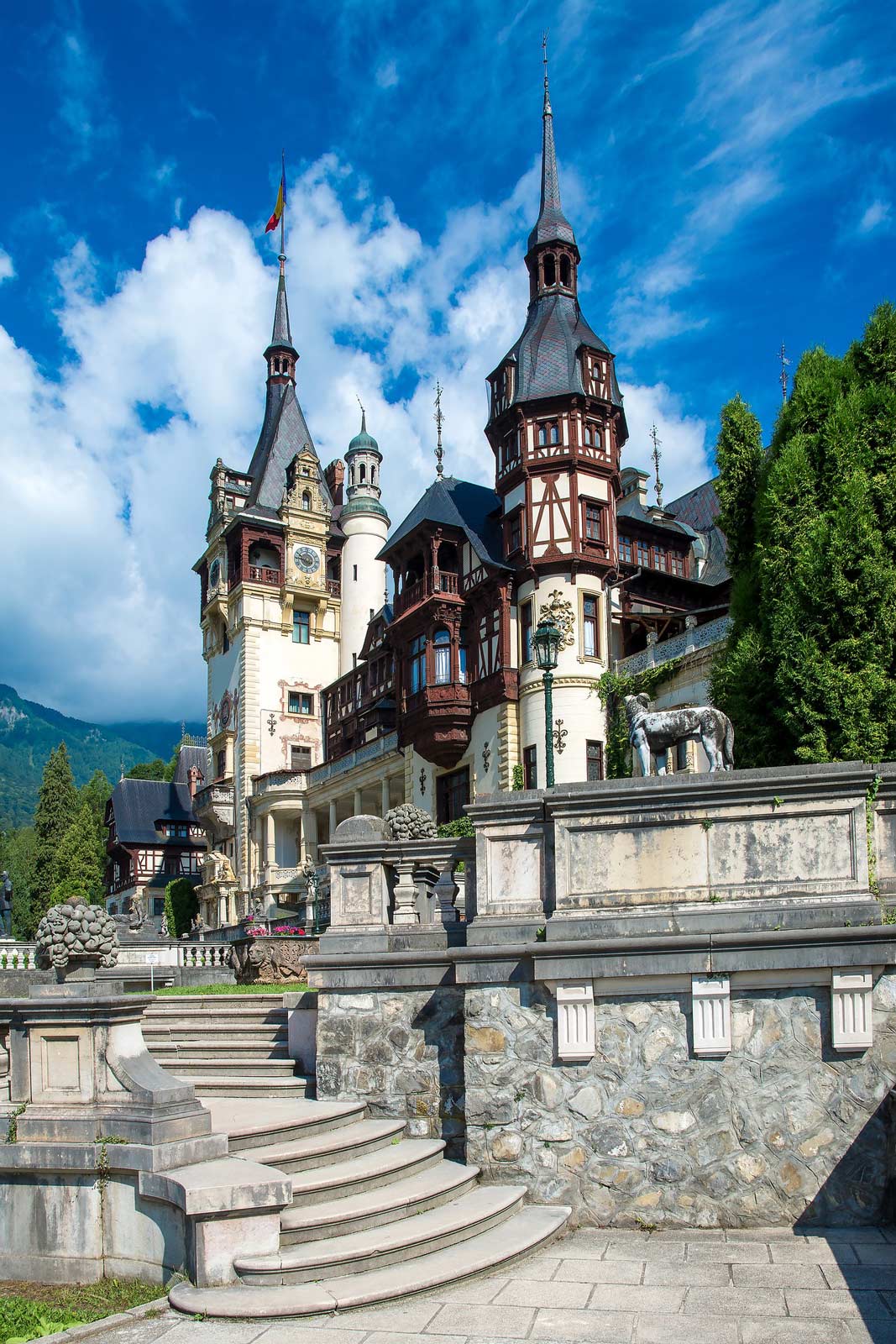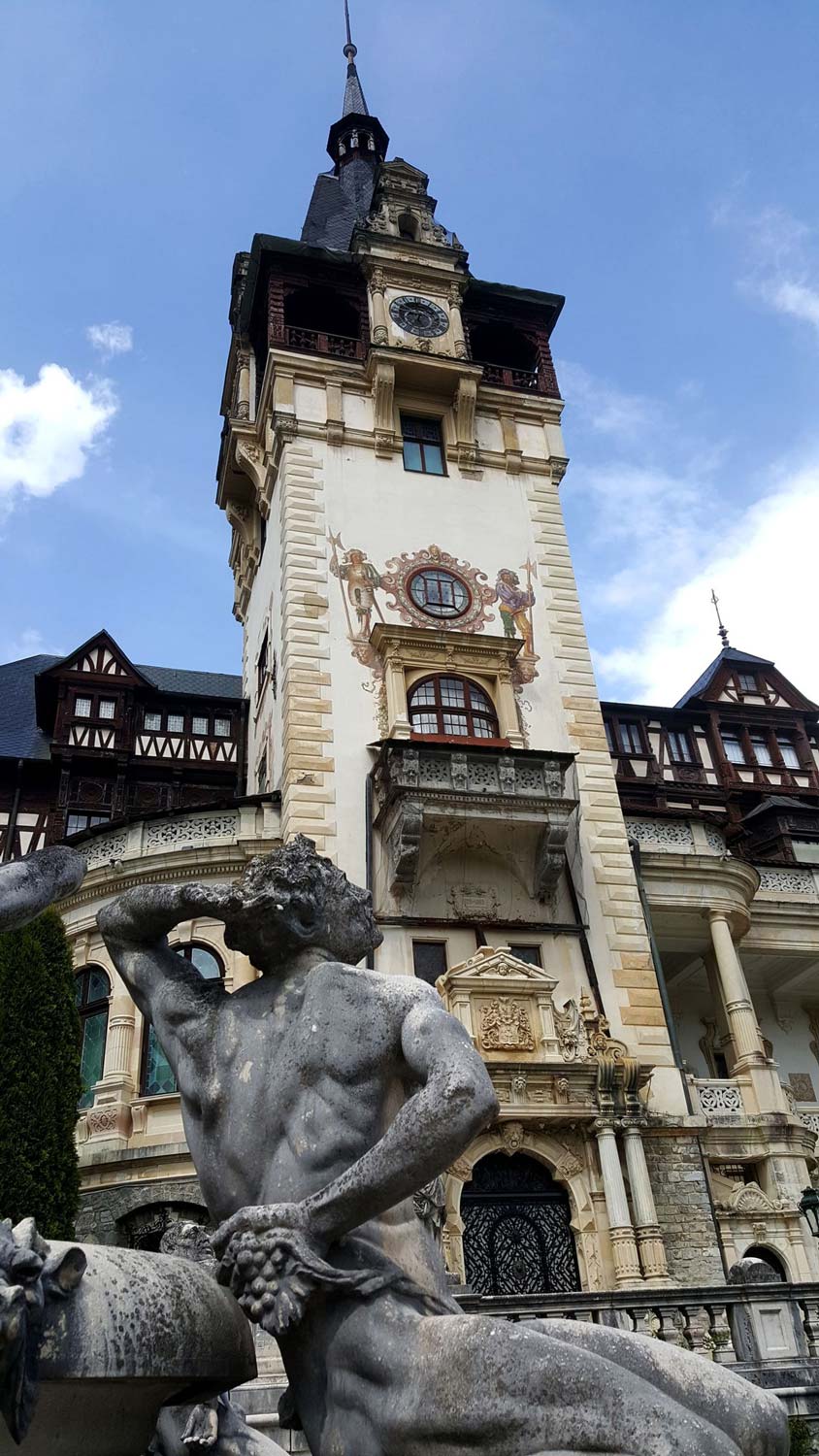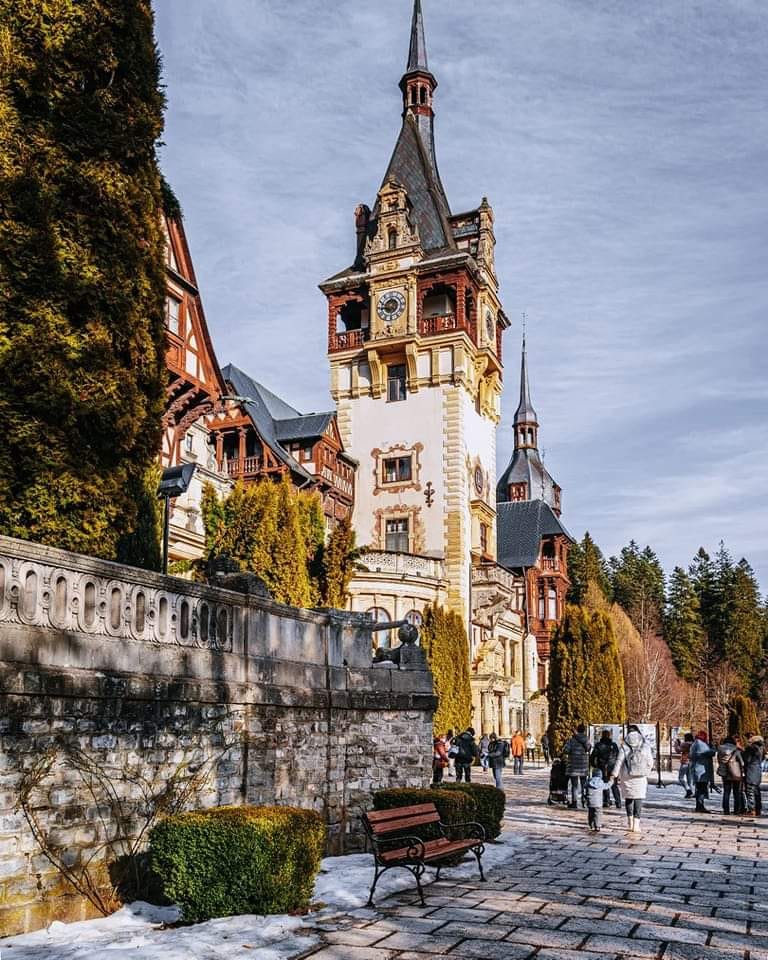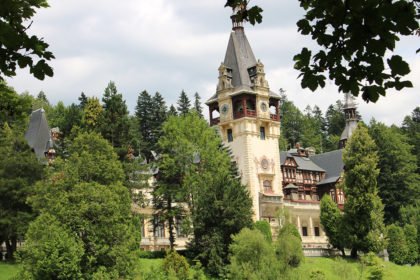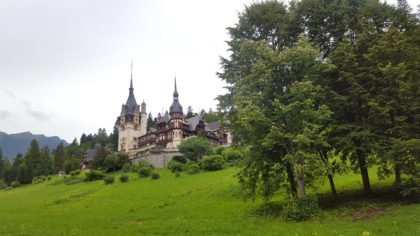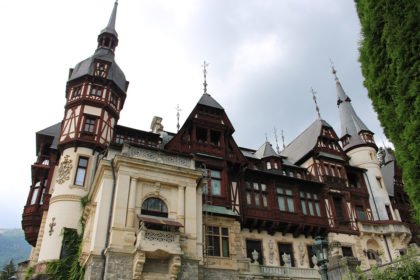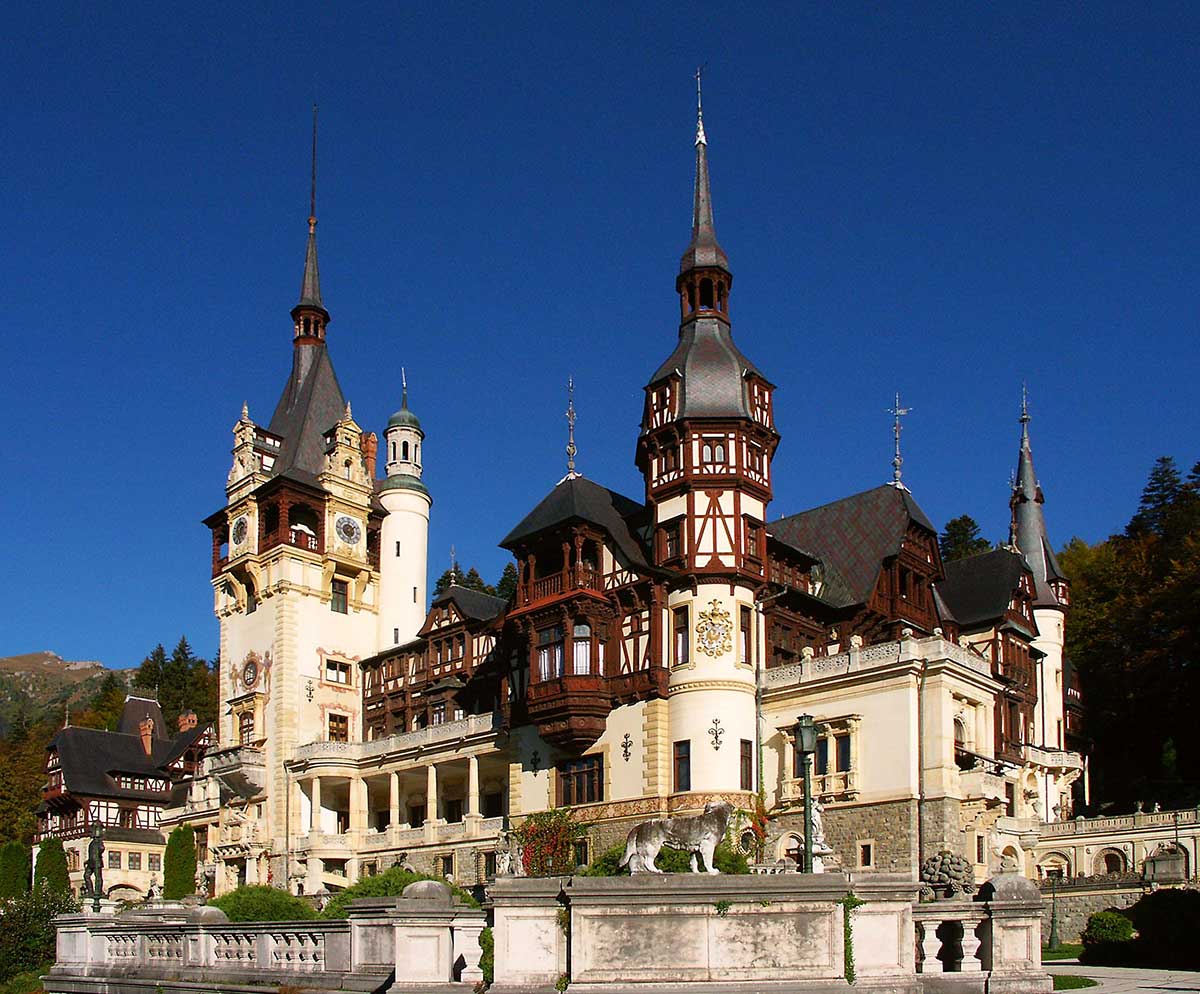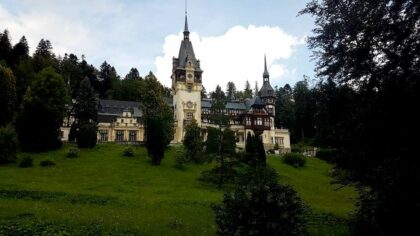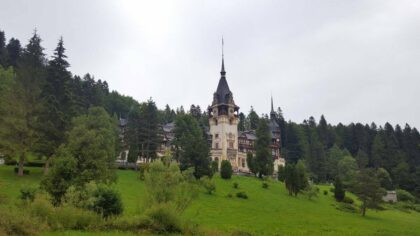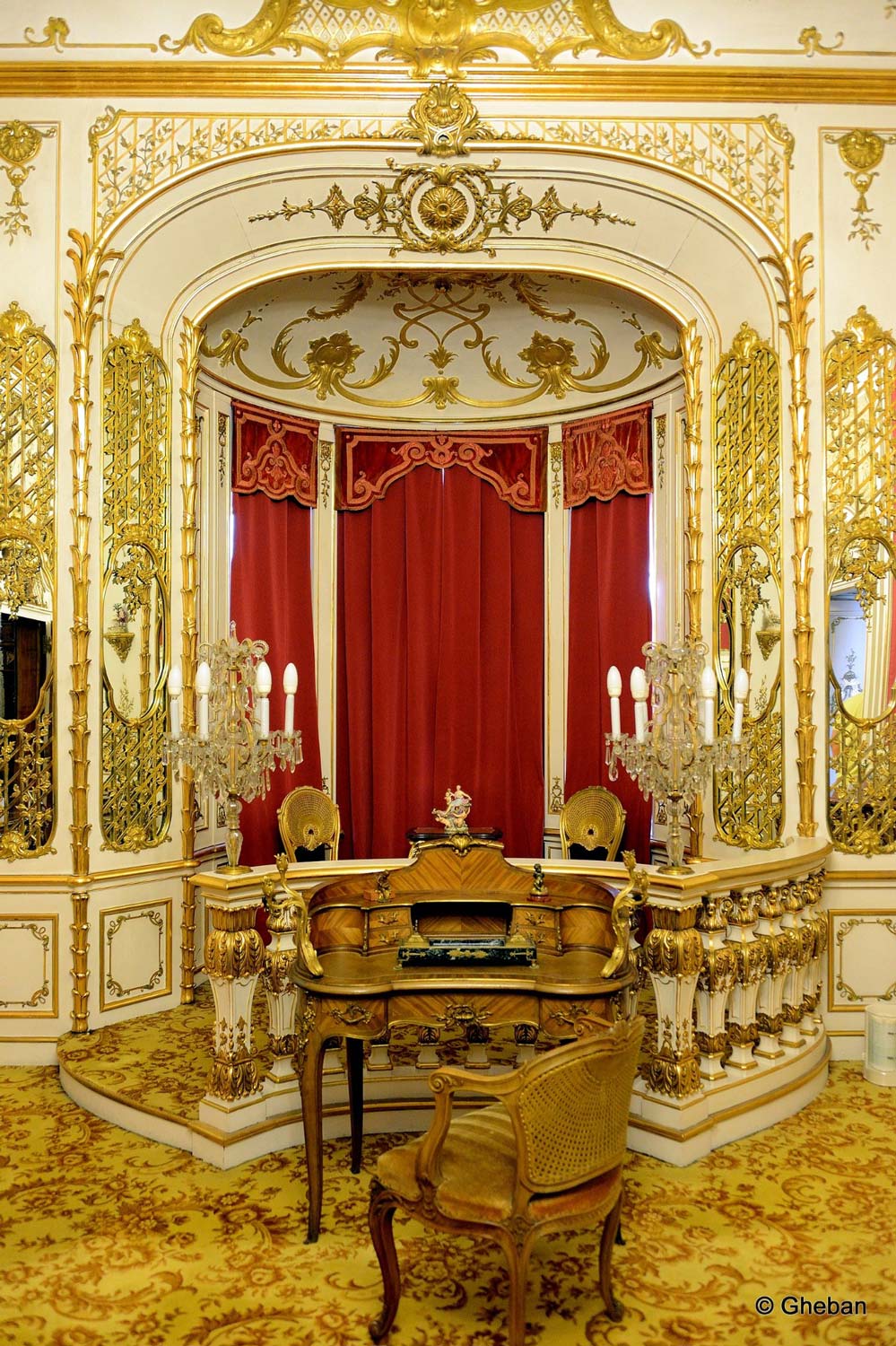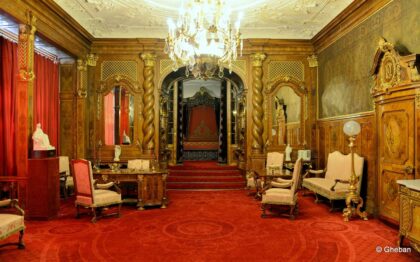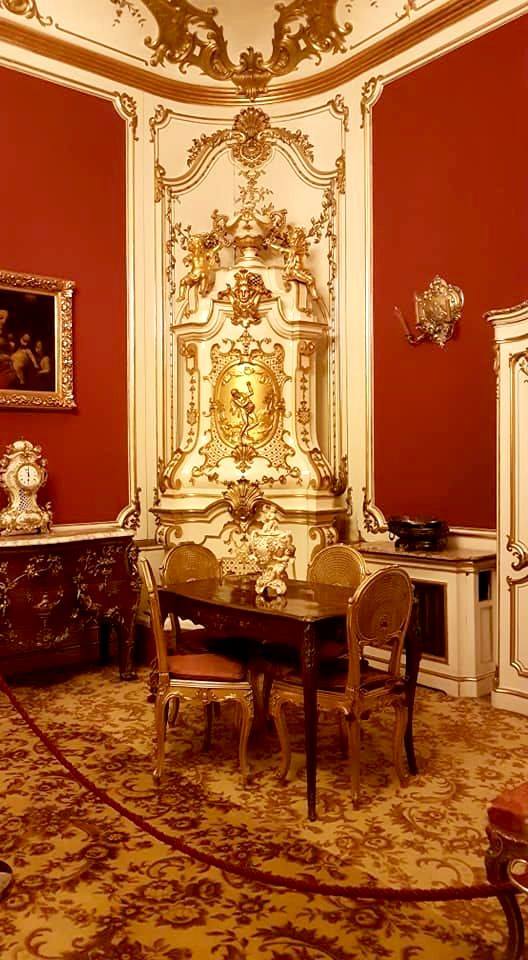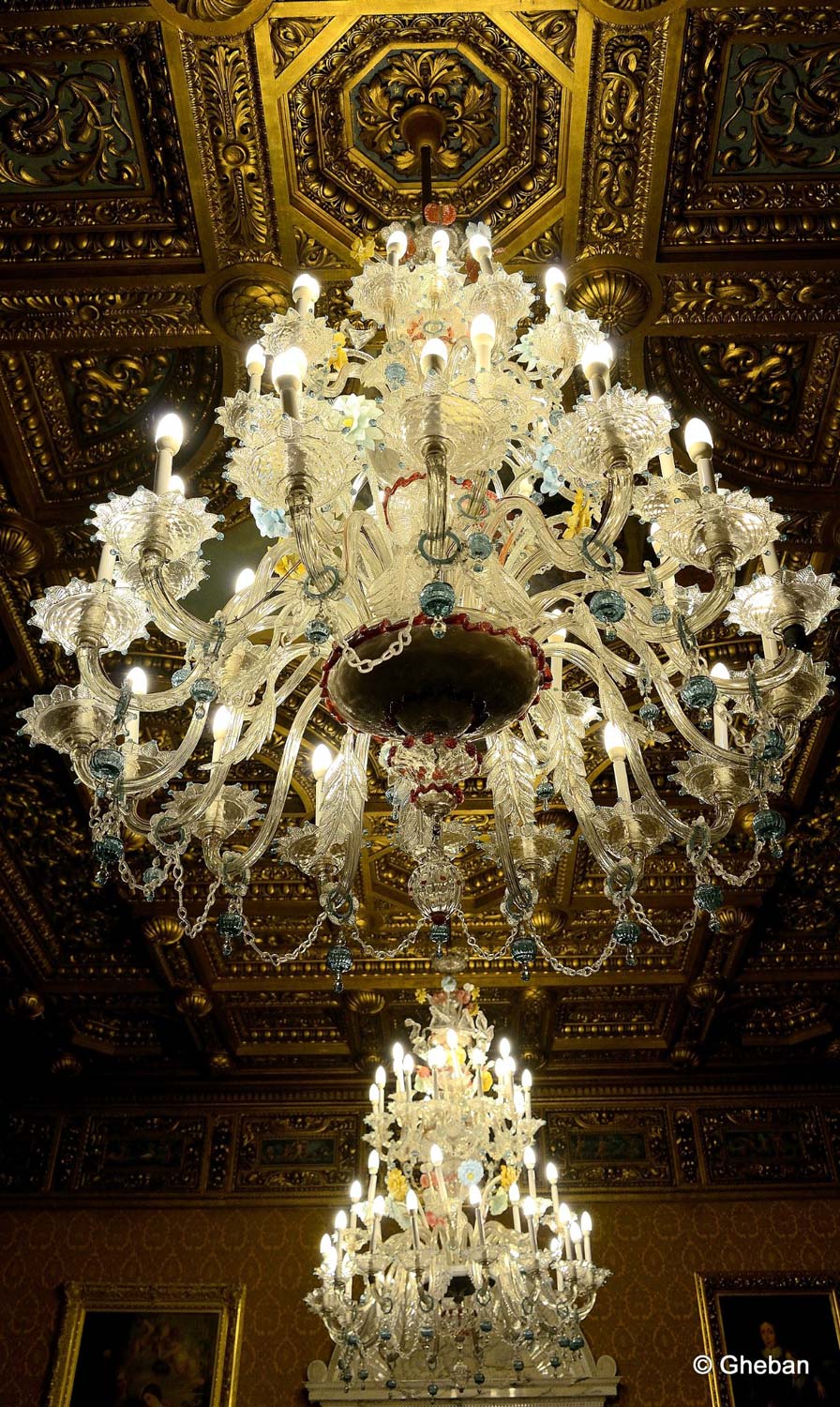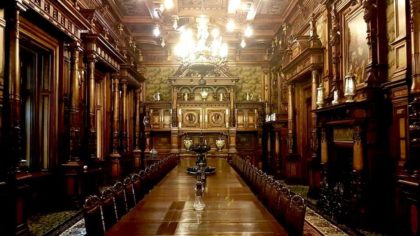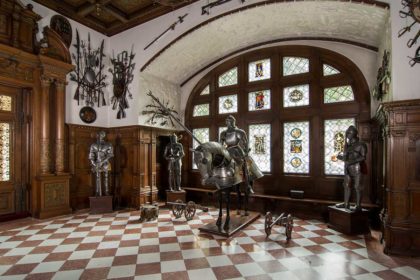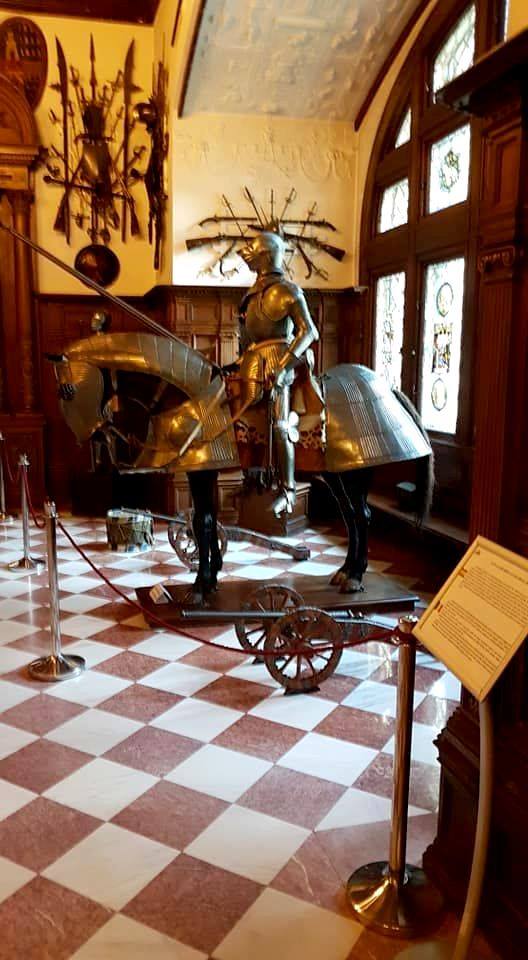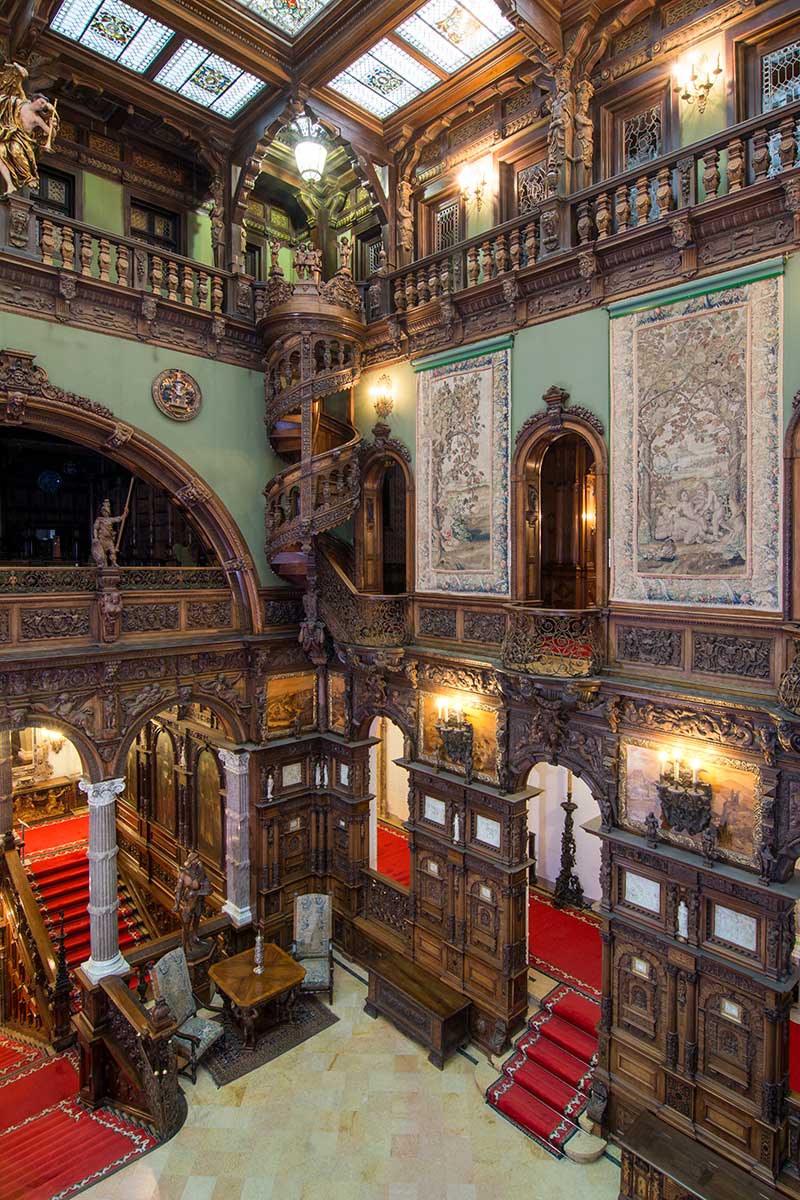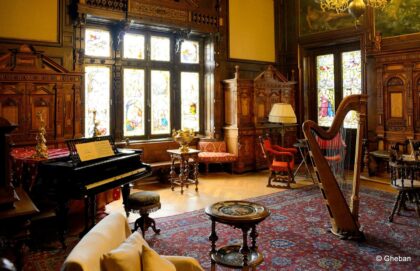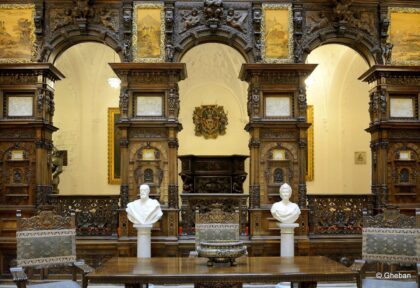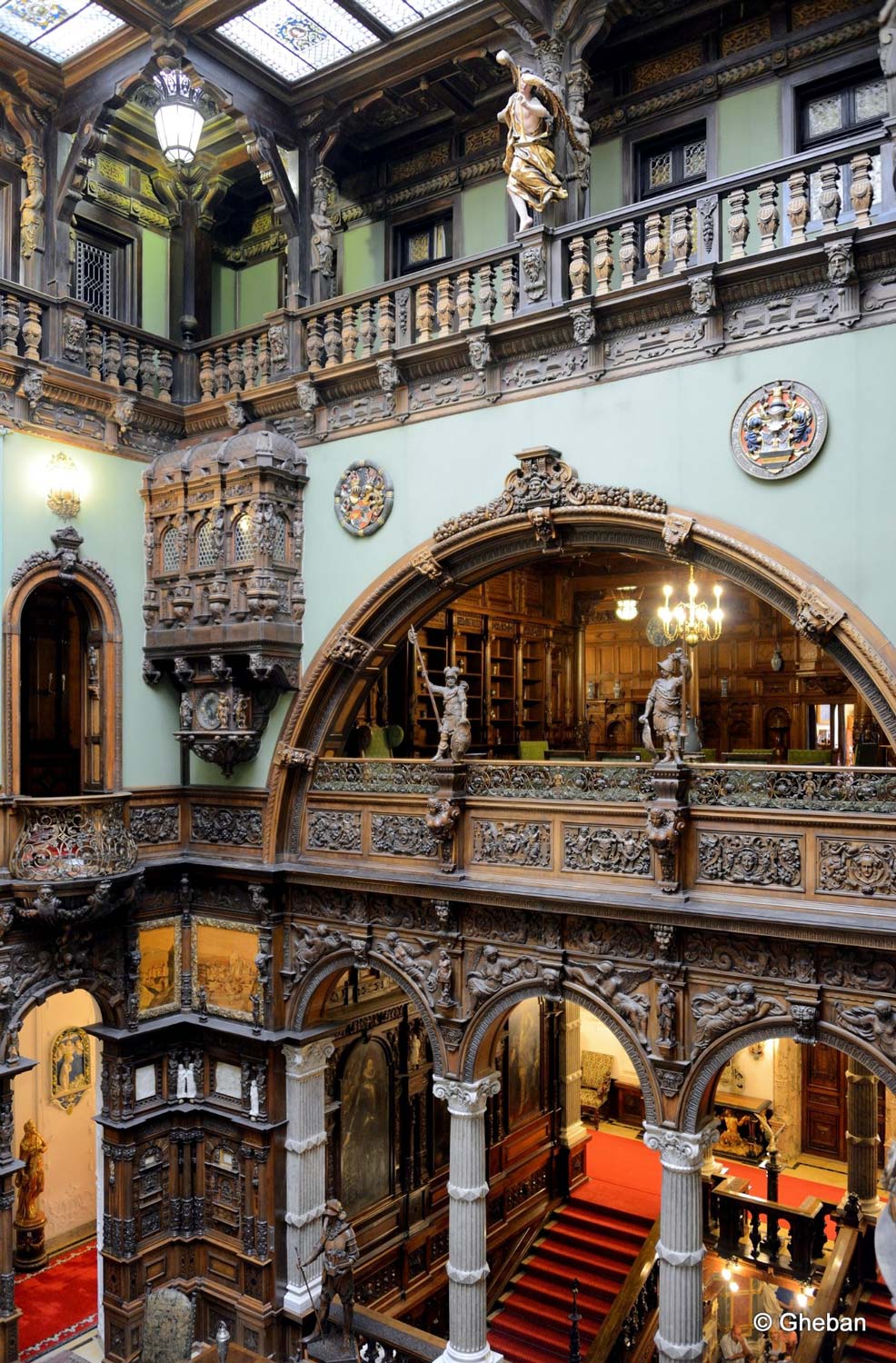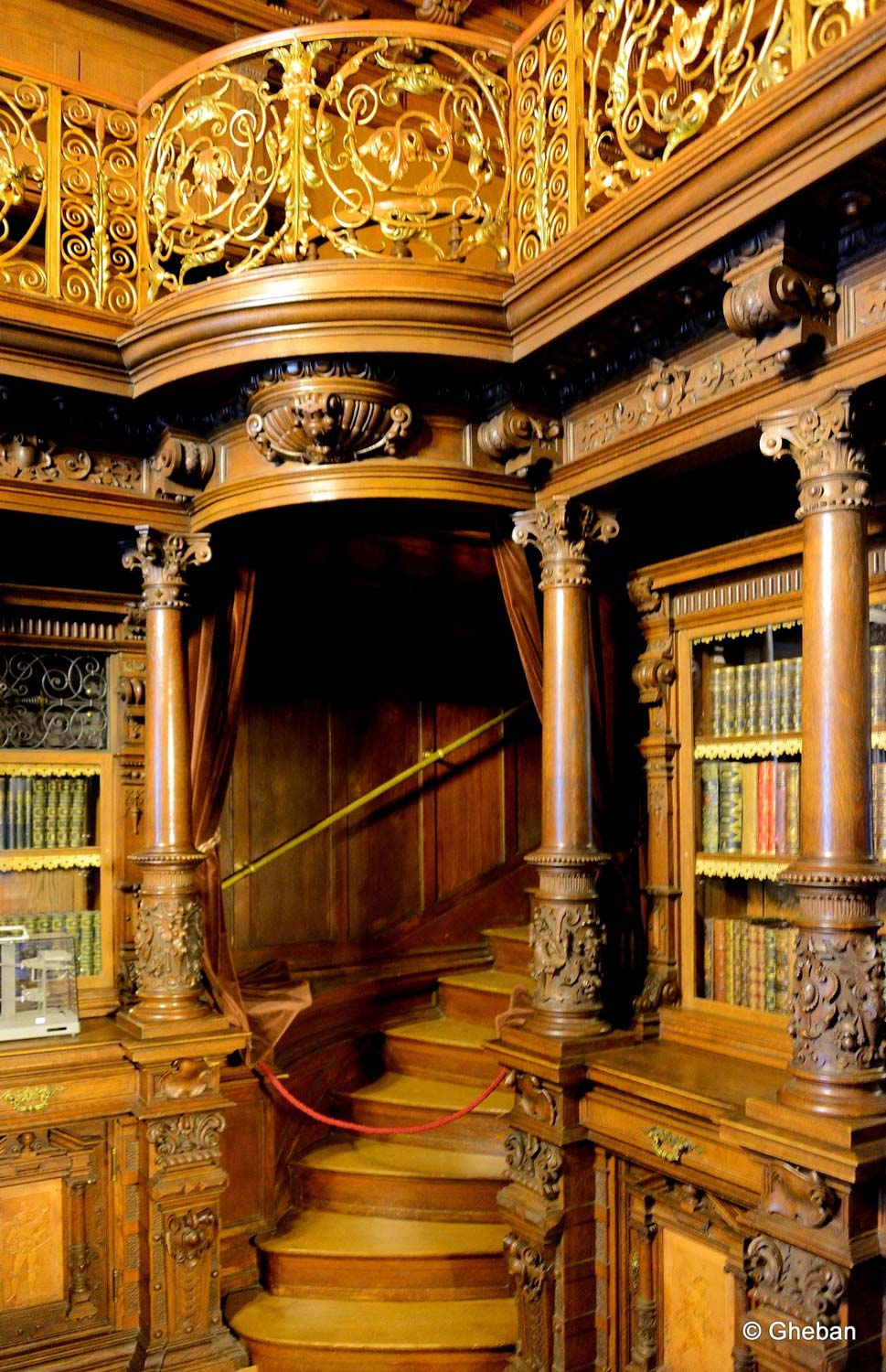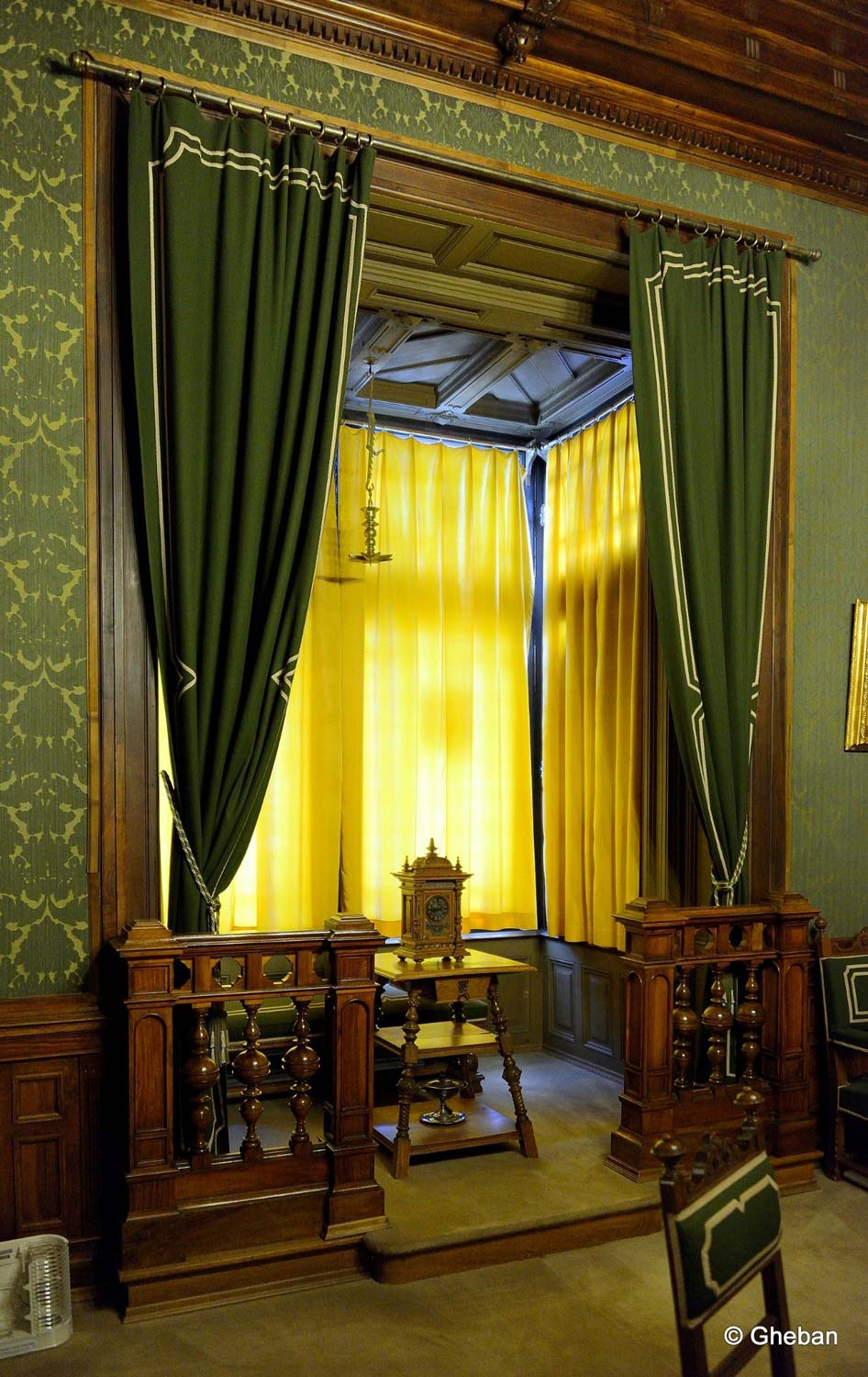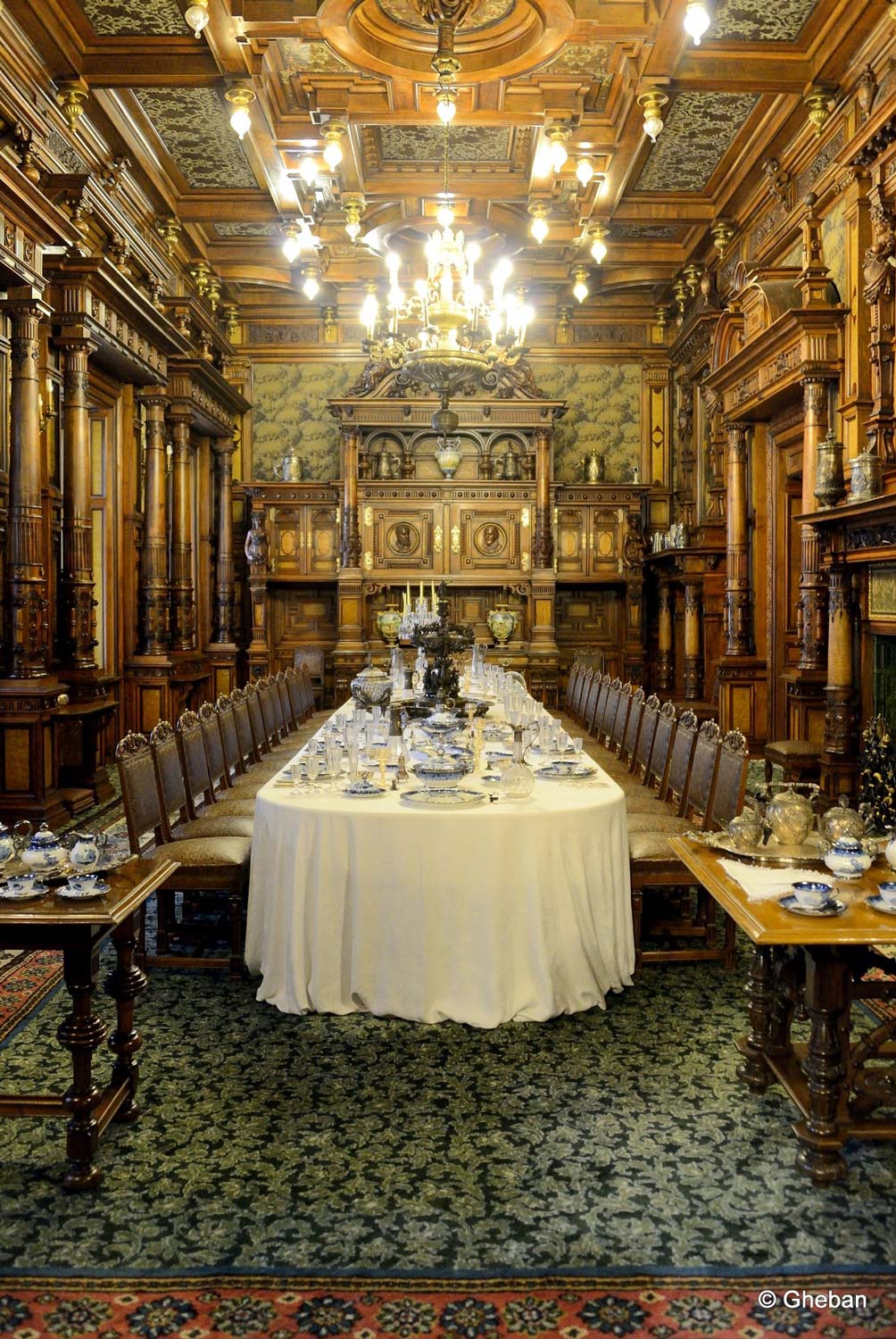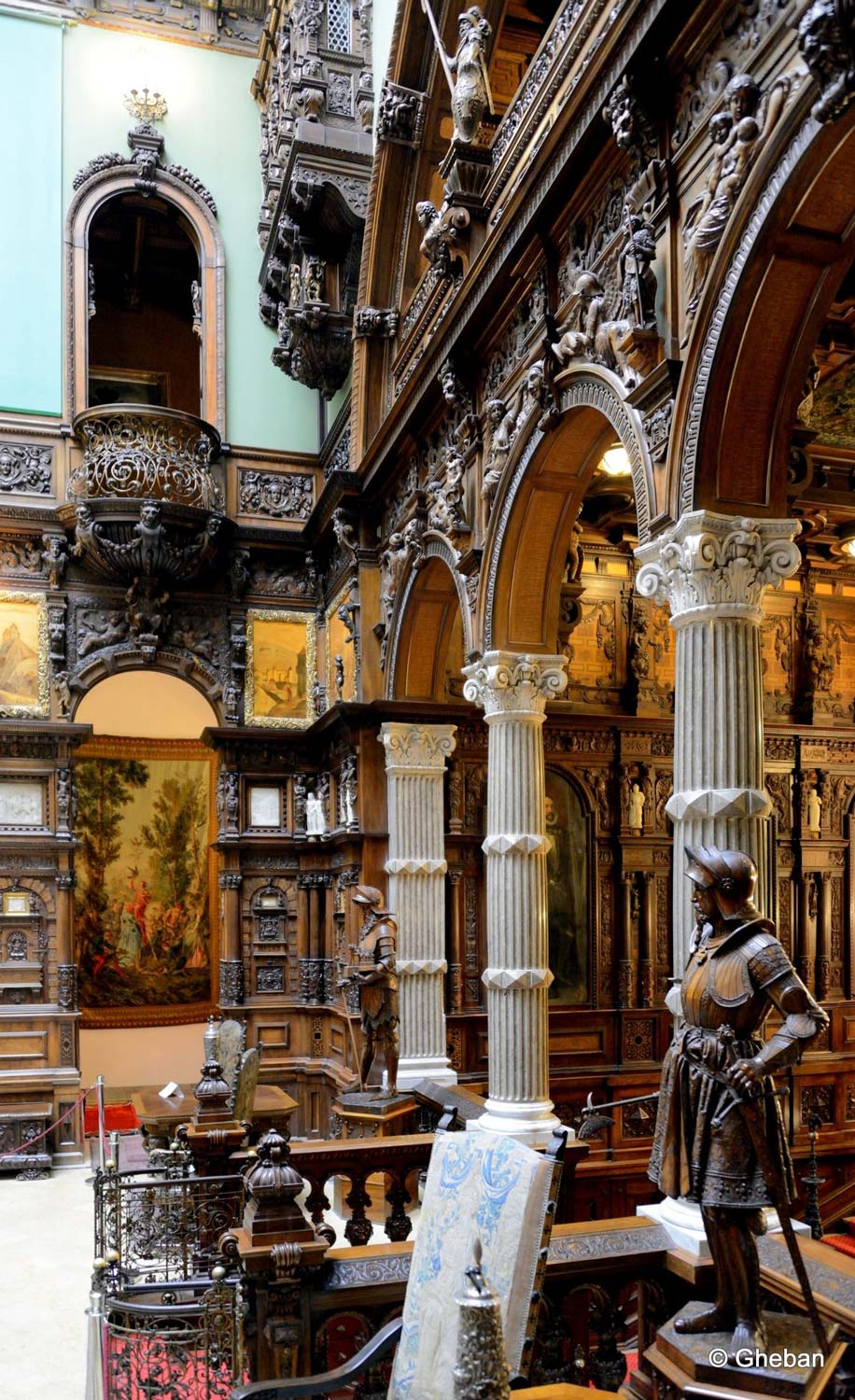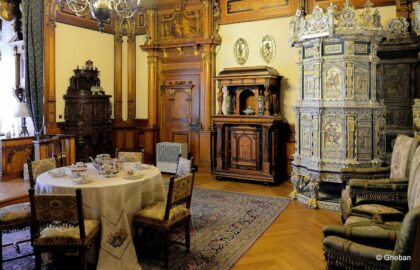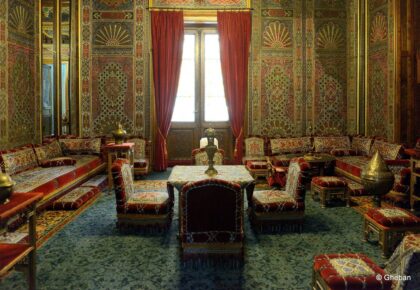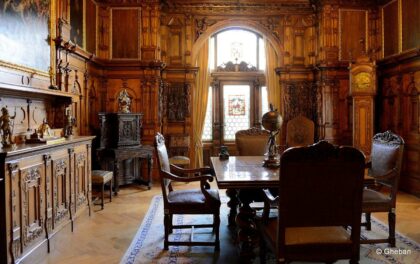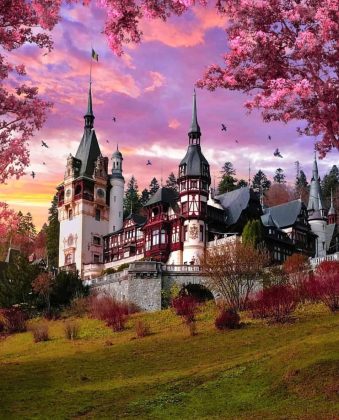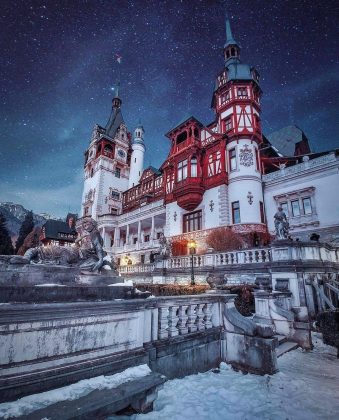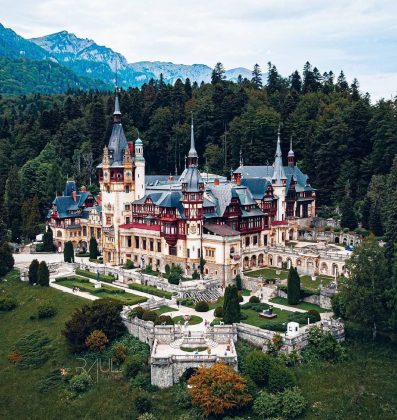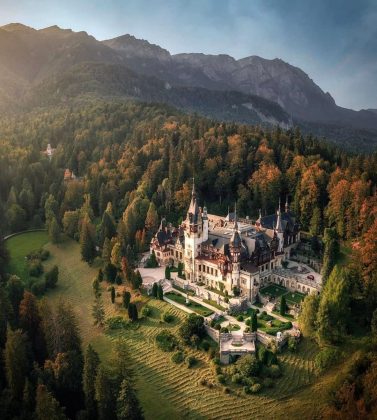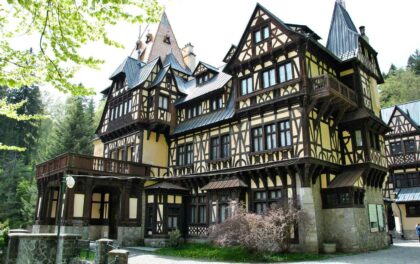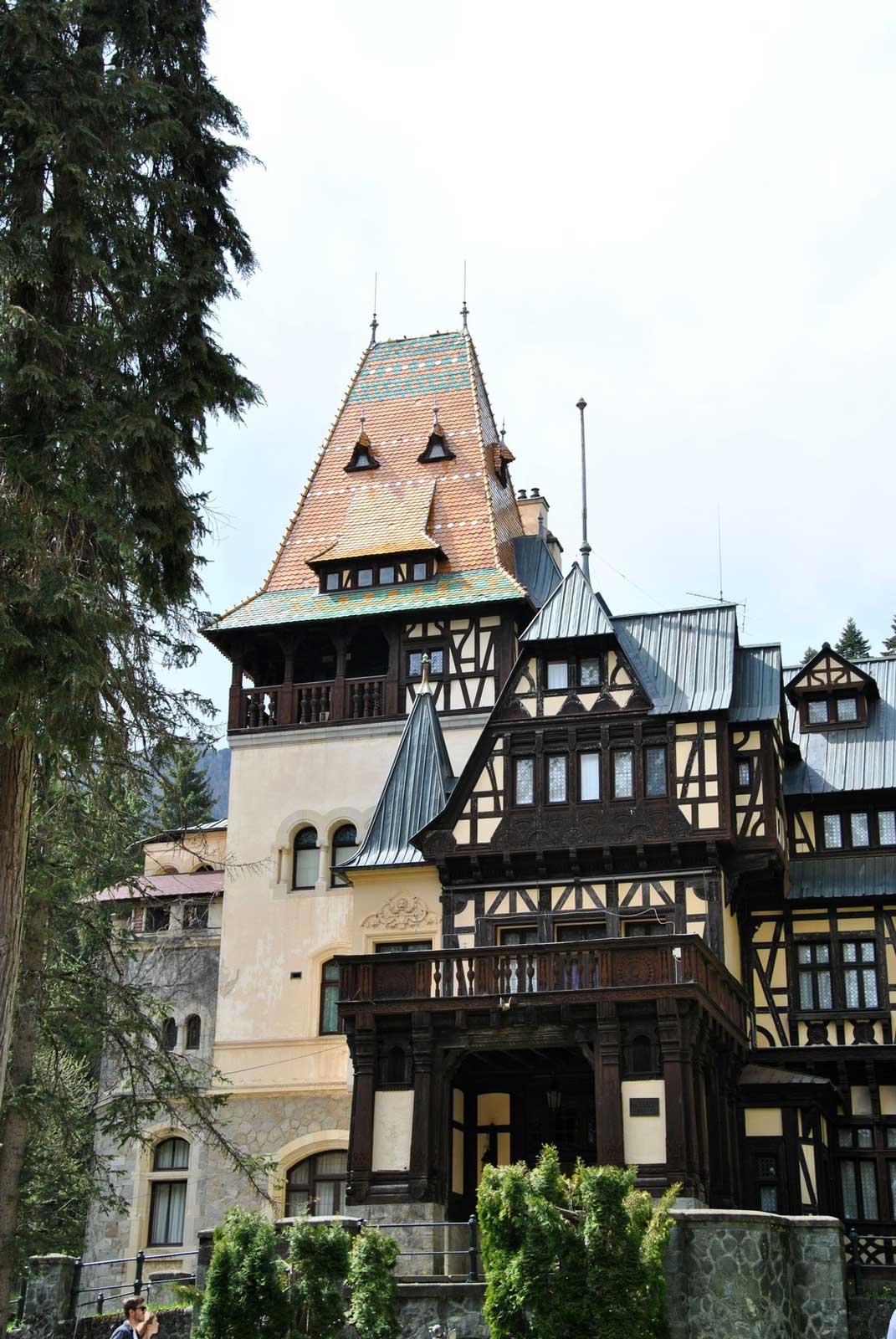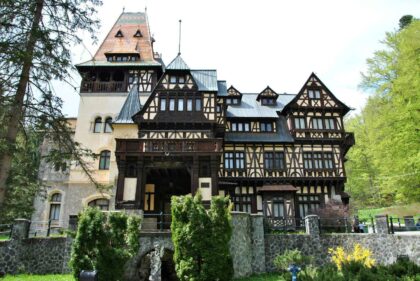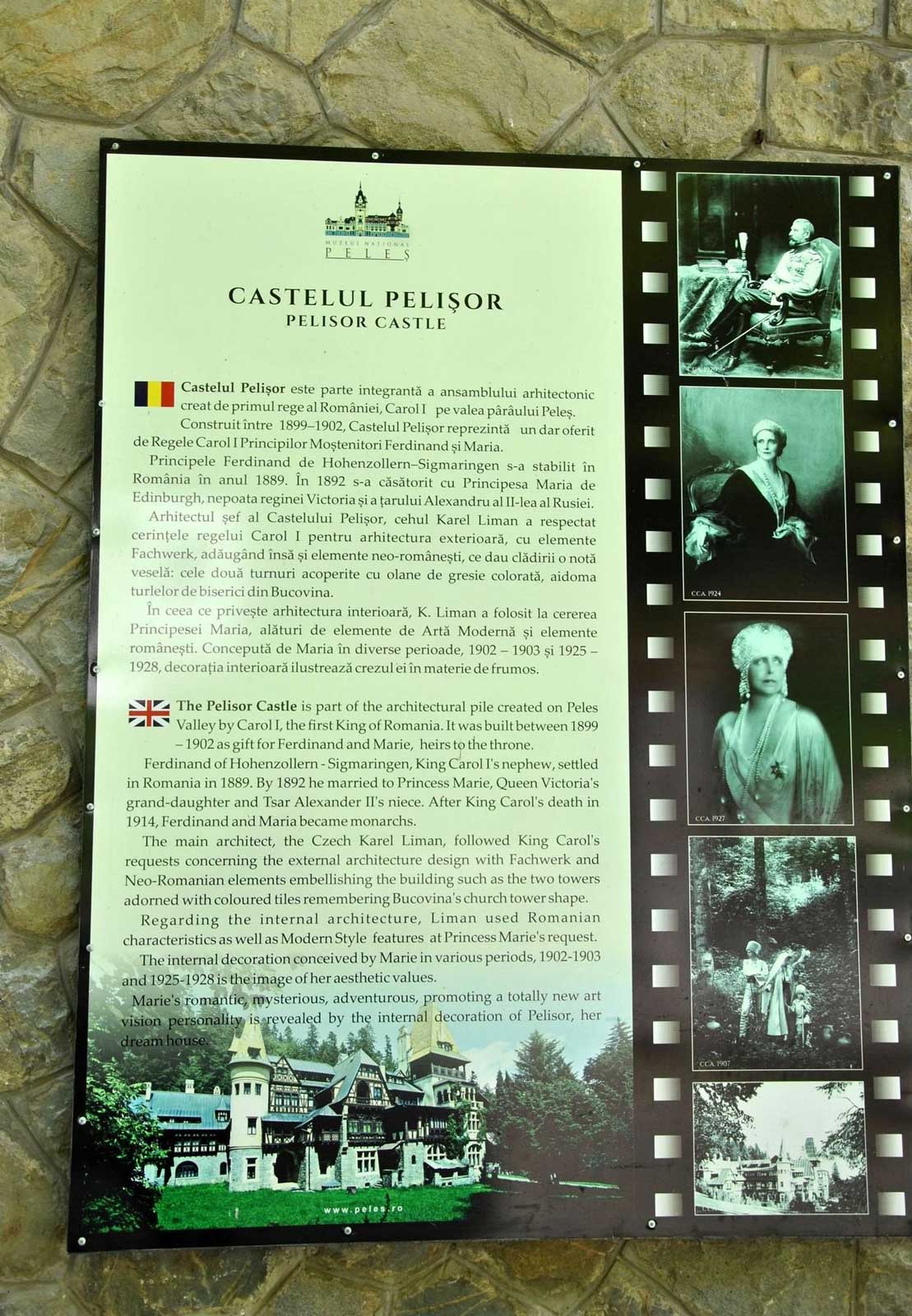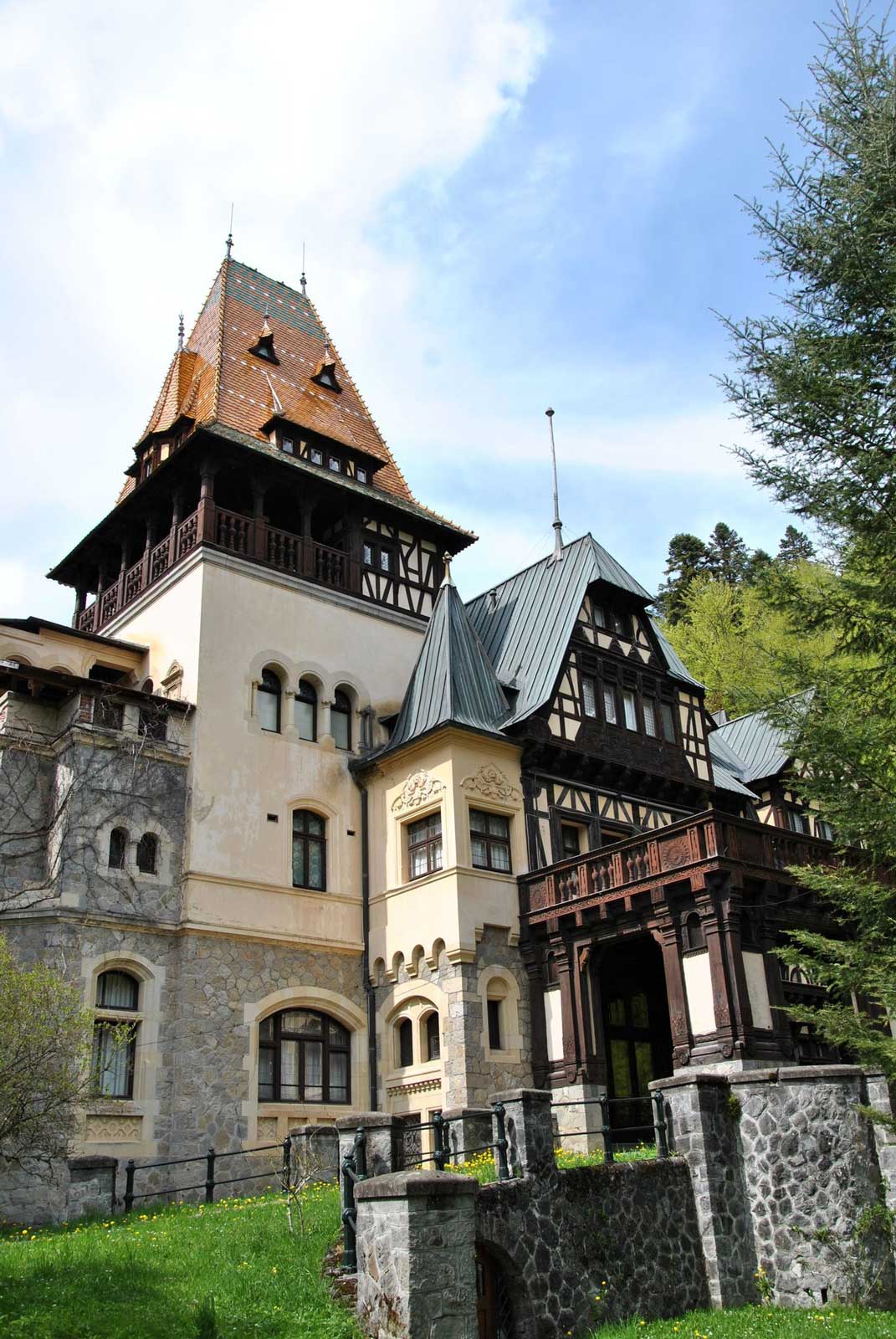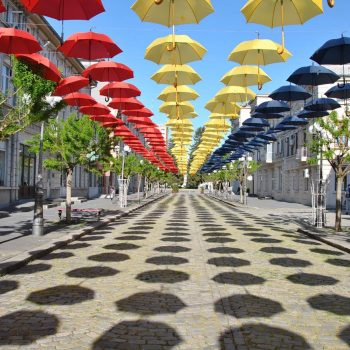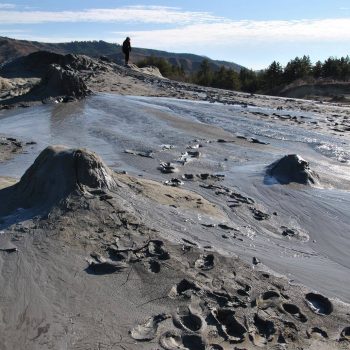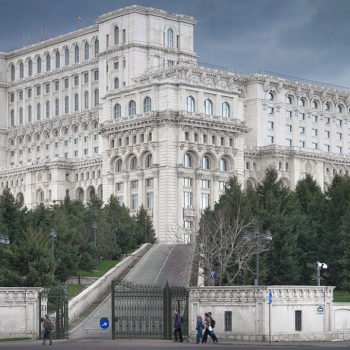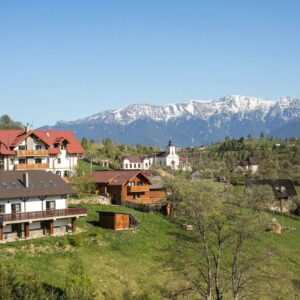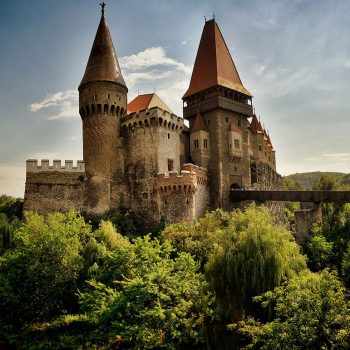Short description: Peleș Castle is one of the most beautiful castles that Romania has, and it was also unique at the time it was built. With a special beauty and a charming atmosphere, this castle takes you with your thoughts to an amazing world, full of magic, princes and princesses.
County: Prahova
Website: Castelul Peleș
Images: red_frog | romania_ig | Georg Schenk
Details – History Architecture Present
The surroundings of the castle are also special, offering you unforgettable moments and peace of mind. You cannot miss the opportunity to visit it under any circumstances. Peleș Castle is located in the Sinaia mountain resort in Prahova County and only 44 km away from the city of Brașov.
Peleș Castle, the summer residence of the kings of Romania, was built following the wishes of King Carol I of Romania, according to the plans of the architects Johannes Schultz, Carol Benesch and Karel Liman and was decorated by J.D. Heymann from Hamburg, August Bembé from Mainz and Bernhard Ludwig of Vienna.
This castle represents one of the most important historical buildings in Romania and in Europe of the second half of the 19th century, having a unique character. Following a visit by Prince Charles I to Sinaia, he remains very impressed by the beauty of the surroundings here so that he decides to build a castle in a secluded and picturesque place. 300 workers worked on the construction of the castle, finishing the building in about two years. In 1875, the foundation stone of the castle was laid, under which dozens of 20 lei gold coins were buried, these being the first Romanian coins with the face of Carol I.
In 1883, the official inauguration of Peleș took place, which meant for the ruler a seat of the new dynasty. Later the castle gained more and more importance, being the summer residence of the royal family usually from May to November. Important political meetings were held here, such as the Crown Councils of 1914 and 1925. Also, many personalities of the time were hosted here, such as writers, musicians, but also kings and queens. Peleşul had a special importance for the history of Romania also due to the fact that, in 1893, the future king Carol II was born here, the first king of the dynasty born on Romanian soil and the first baptized in the Orthodox religion. Then, in the year 192, in Foișor, his son, King Mihai I, was born. Also in 1921, the wedding of Princess Ileana, one of the sisters of Charles II, took place here, which was attended by many personalities of the time , including Nicolae Iorga. Two years later, the celebrations of the 50th anniversary of the beginning of the Peleș Castle works take place here.
Architecture
As early as 1953, Peleș was declared a museum, so even today the castle is available to the general public to visit. The most important rooms to visit are the Hall of Honor, the Royal Library, the Arms Rooms, the Music Hall, the Florentine Hall, the Moorish Hall, the Theater Hall, the Concert Hall, the Imperial Apartment, the Council Hall, the Study Room, the Dining Room, The Turkish Salon and the Royal Bedroom. There is also a gift shop where beauty lovers can buy special items to remind them of the wonderful experience at this castle.
Peleș Castle is currently the second most visited castle in Romania, in first place being Bran Castle, with over 300,000 visitors passing through here last year alone, both from the country and from America, New Zealand, Australia, Japan and Europe.
Present
Peleș Castle has 160 rooms and several entrances and internal staircases, and the central tower is 66 meters high. Pelesul also has a theater hall, with a small stage and 60 seats, plus the royal lodge. This castle was an extraordinary thing at the time it was built, it was unique in all of Europe because of the central heating, the elevator and the glass ceiling of the hall of honor which was movable, which could be operated by an electric motor. Also thanks to its own electrical plant, Peleș Castle was the first fully electrified castle in Europe. In addition to this castle, the Pelișor, the Guard Corps, the Treasurer, the Foișor Hunting House, the Stables, the Electric Plant and the Șipot Villa were built. Around it, the castle has seven terraces decorated with stone statues, fountains and ornamental vessels made of Carrara marble.
Our UiR database: search results for „Peles”










